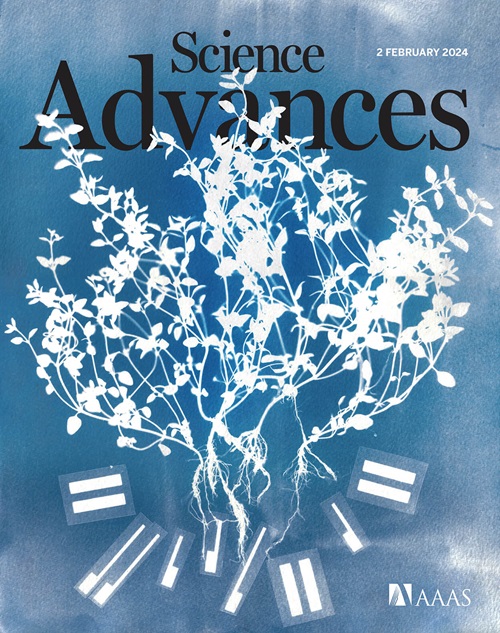Strong link between Earth’s oxygen level and geomagnetic dipole revealed since the last 540 million years
IF 11.7
1区 综合性期刊
Q1 MULTIDISCIPLINARY SCIENCES
引用次数: 0
Abstract
Earth is the only known rocky planet to support complex life forms that use oxygen and to have a strong intrinsic magnetic field in much of its history, prompting speculation that Earth’s magnetic field and habitability are related on geological timescales. We search for possible observational evidence for such a relationship by examining evolutions of the virtual geomagnetic axial dipole moment and the atmospheric oxygen level over the past 540 million years. We find that both exhibit strong linearly increasing trends, coupled with a large surge in magnitude between 330 and 220 million years ago. Our time series analysis and statistical tests show that both are highly correlated, with the maximum correlation reached when there is no time lag between the two. Our findings suggest unexpected strong connections between the geophysical processes in Earth’s deep interior, the surface redox budget, and biogeochemical cycling.
近5.4亿年来,地球氧含量与地磁偶极子之间的紧密联系被揭示出来
地球是已知的唯一一颗支持复杂生命形式的岩石行星,这些生命形式使用氧气,在其历史的大部分时间里都有强大的内在磁场,这促使人们猜测地球的磁场和可居住性在地质时间尺度上是相关的。我们通过研究过去5.4亿年中虚拟地磁轴向偶极矩和大气氧含量的演变来寻找这种关系的可能观测证据。我们发现两者都表现出强烈的线性增长趋势,同时在3.3亿至2.2亿年前出现了大规模的激增。我们的时间序列分析和统计检验表明,两者是高度相关的,当两者之间没有时间滞后时,相关性达到最大。我们的发现表明,地球深层内部的地球物理过程、地表氧化还原收支和生物地球化学循环之间存在着意想不到的紧密联系。
本文章由计算机程序翻译,如有差异,请以英文原文为准。
求助全文
约1分钟内获得全文
求助全文
来源期刊

Science Advances
综合性期刊-综合性期刊
CiteScore
21.40
自引率
1.50%
发文量
1937
审稿时长
29 weeks
期刊介绍:
Science Advances, an open-access journal by AAAS, publishes impactful research in diverse scientific areas. It aims for fair, fast, and expert peer review, providing freely accessible research to readers. Led by distinguished scientists, the journal supports AAAS's mission by extending Science magazine's capacity to identify and promote significant advances. Evolving digital publishing technologies play a crucial role in advancing AAAS's global mission for science communication and benefitting humankind.
 求助内容:
求助内容: 应助结果提醒方式:
应助结果提醒方式:


